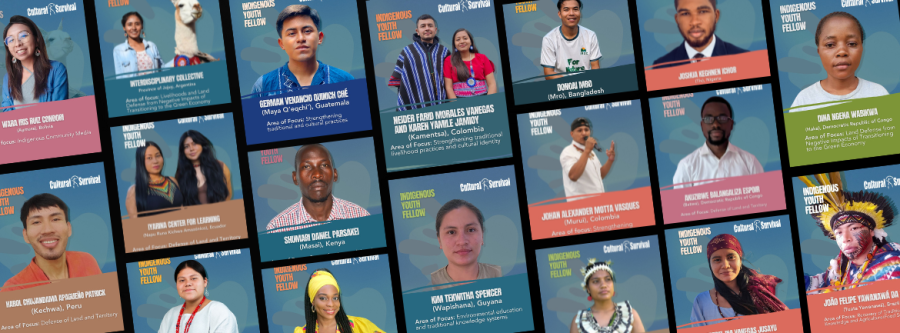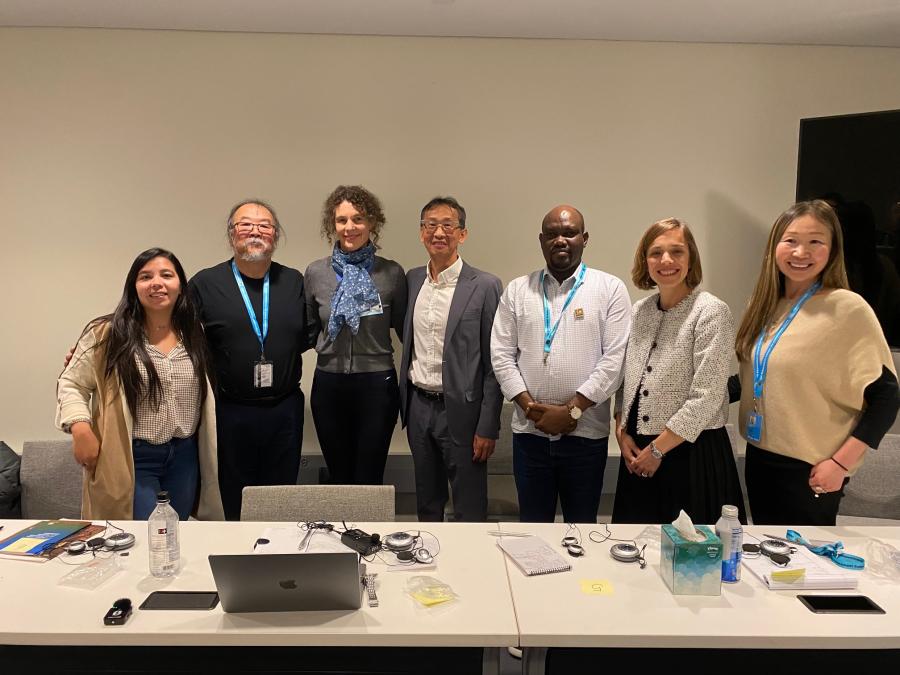By Dev Kumar Sunuwar (Koĩts-Sunuwar, CS Staff)
Media has become as ubiquitous as the air we breathe. From entertainment to keeping up with the news and getting connected with the world, we consume a multitude of media every day. However, despite the abundance of media outlets, the coverage of Indigenous Peoples’ issues remains extremely limited. If Indigenous Peoples’ issues are covered at all, they are not always properly or positively portrayed. Thus, there is a need to decolonize and Indigenize the media, concluded the Asian Indigenous journalists who gathered recently in Chiangmai, Thailand.
On August 25-27, 2023, Indigenous broadcasters and communicators from the Philippines, Thailand, Nepal, India, Bangladesh, Cambodia, and Malaysia participated in a regional exchange of Indigenous journalists organized by the Asia Indigenous Peoples Pact to discuss the access, voice, and representation of Indigenous Peoples in media in the Asian context
As in many places around the world, the media in Asia is largely controlled by dominant groups and strongly influenced by political parties. As a result, Indigenous Peoples have low representation, especially in decision-making roles, which further minimizes their ability to influence content. In addition to these barriers, content and programming in Indigenous languages across all platforms—newspapers, radio, TV, online, and even social media—is limited.
“Colonialism still exists and has an ongoing impact on Indigenous Peoples. The colonial power now is not a foreign country...Indigenous Peoples are now neo-colonized by the dominant group within a nation-state. Therefore, there is a need to decolonize and Indigenize the media to challenge and dismantle the colonial frameworks that have historically shaped media representation and narratives about Indigenous Peoples,” said Colin Nicholas, Executive Director of the Center for Orang Asli Concerns, Malaysia.
The concept of decolonizing media includes the notion that media outlets should have better representation of Indigenous journalists, who would provide different, comprehensive, and more accurate coverage of Indigenous Peoples rather than merely reporting on death and destruction. Similarly, Indigenizing media is a process of creating a space where Indigenous Peoples have greater access and meaningful participation, their voices are heard, and there is adequate coverage of their issues from their perspectives.
Recently, Indigenous Peoples in Asia have been asserting their rights to their own media, as their cultures, needs, and aspirations are not reflected in the mainstream media. They call it “Indigenous media,” which can be any form of media of, for, and by Indigenous Peoples with content that is produced, controlled, and centered around Indigenous Peoples’ perspectives and amplifies the voices and stories of Indigenous Peoples.
Two-thirds of the world’s 476 million Indigenous people live in Asia. However, Indigenous Peoples in many parts of Asia have faced long histories of systematic marginalization, colonization, and exclusion from dominant societies and media. Kimi Colney, an Indigenous journalist from Mizoram, India, cited the example of the Mizos People in northeast India, who have “one of the highest literacy rates (91 percent, higher than the national average of 75 percent in India), but the stereotypes of Mizos, mainly ethnic conflicts, have been around for a long time in media.”
Over the past few decades, Indigenous Peoples in Asia have adapted media technologies to meet their own socio-political and cultural needs, establishing media in their own languages in their communities, by and for their people. Indigenous Media Network in Thailand, East Mojo in Mizoram, India, Indigenous Television in Nepal, and Radyo Sagada in the Philippines are a few examples of media outlets whose initiatives have focused on dismantling media-based stereotypes against Indigenous Peoples. Indigenous journalists working for these outlets are trying to ensure that Indigenous cultural and linguistic diversities are properly represented in the media and that Indigenous issues and stories are told in a culturally accurate, appropriate manner.
Indigenous Peoples are also using different forms of media, from community radio and television to films, online sites, and social media, to challenge the mainstream narratives while also bringing their human rights violations to the attention of international communities and hopefully influencing the socio-political agenda. Undoubtedly, Indigenous media can help reduce the marginalization and misinterpretation of Indigenous voices. Indigenous Peoples have been using media to voice their concerns, even in circumstances where Indigenous journalists have had to work under threats, intimidation, and violence perpetrated by government agents.
“In the Philippines, we are currently living in a situation that is very difficult with a government that is very hostile to Indigenous Peoples,” said Gwendolyn Gaongen, station manager of Radyo Sagada 104.7 FM, the first-ever community radio station in Cordillera, Philippines, and one of Cultural Survival’s Indigenous Community Media Fund grant partners. “Despite such challenges, we Indigenous Peoples established the Indigenous community radio in our own defense, genuinely being a voice of voiceless Indigenous communities of Sagada and Mt. Province since 2010.”
According to the results of “Are Indigenous voices being heard?,” a global study on the state of Indigenous community broadcasting in 19 countries conducted by the Indigenous Media Caucus, “There has been tremendous progress globally in terms of access to media, information, and connectivity, which has substantially increased the voices and participation, and also has strengthened the use of Indigenous languages and philosophies. But Indigenous media has been threatened by antagonistic attitudes by both government and commercial agents.” The Indigenous Media Caucus is a united group of Indigenous media practitioners and communicators founded to coordinate advocacy efforts and to bring problems faced by Indigenous media and journalists to the international level.
Indigenous Peoples have been excluded from accessing media for many reasons, including their geographical location, languages, legal barriers, and lack of awareness of the human rights to freedom of expression and right to media as enshrined in Article 16 of the UN Declaration on the Rights of Indigenous Peoples, which affirms that Indigenous Peoples have the “right to establish their own media in their own language and to have access to all forms of non-Indigenous media without discrimination.”
The media are powerful and essential tools for education, information, and sharing knowledge and for voicing concerns and experiences. Access and participation in the media are essential, but making the best use of the media requires skill and technical capacity. “We no longer can rely on the existing TV channels, radio stations, networks, or newspaper or online publishers to tell our stories accurately and in a timely fashion. We must do it ourselves because the media shapes the public's perception of Indigenous Peoples. For this cause, we [are working together] to build the necessary skills to engage with the media. That is what this regional exchange is for,” said Nina Sangma, an Indigenous rights advocate and Communications Program Coordinator at the Asia Indigenous Peoples Pact.



